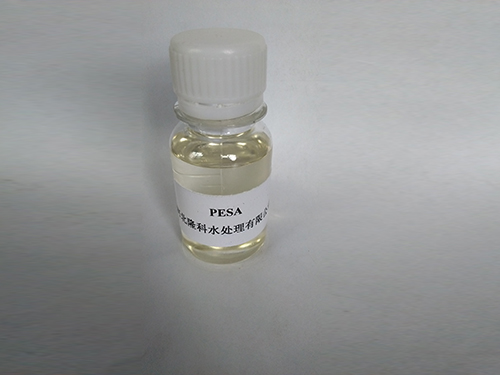coagulants and flocculants in water treatment
Coagulants and Flocculants in Water Treatment
Water treatment is a crucial process that ensures the delivery of clean and safe drinking water, essential for public health and environmental sustainability. Among the various chemical agents used in water purification, coagulants and flocculants play a pivotal role in removing suspended particles, turbidity, and various contaminants from water. Understanding their function and application can enhance the efficacy of water treatment processes.
Coagulants The Initial Step in Particle Removal
Coagulants are chemical substances that facilitate the aggregation of fine particles and colloids in water, leading to the formation of larger particles known as flocs. These agents work by neutralizing the charges that keep these particles suspended in water. Commonly used coagulants include aluminum sulfate (alum), ferric chloride, and polyaluminum chloride (PAC).
When introduced into water, coagulants produce positively charged ions that attract negatively charged particles. This charge neutralization encourages the particles to clump together, forming heavier aggregates that can settle out of the water more easily. The effectiveness of a coagulant can depend on several factors, including pH, temperature, and the types of particles present.
The coagulant dosage is critical; too little may result in insufficient particle removal, while too much can lead to the formation of excess sludge, which complicates subsequent treatment stages. Therefore, it is essential for water treatment professionals to conduct jar tests to determine optimal coagulant concentrations before full-scale application.
Flocculants Enhancing Settling and Removal
Following coagulation, flocculation is the next step in the water treatment process. Flocculants are long-chain polymers that further assist in the agglomeration of the formed flocs, promoting their growth and aiding in their settling. They work by bridging the gaps between smaller flocs, creating larger, more robust aggregates that can be more easily removed through sedimentation or filtration.
coagulants and flocculants in water treatment

Common flocculants include polyacrylamides and natural organic flocculants derived from plant or microbial sources. The choice of flocculant often depends on several factors, including water quality, the specific contaminants present, and regulatory guidelines.
The timing and method of flocculant addition are also crucial. Flocculants are typically added after the coagulation phase, and their application can be adjusted according to the characteristics of the water being treated. This adjustment helps to optimize the efficiency of floc formation and settling.
The Interplay Between Coagulants and Flocculants
The relationship between coagulants and flocculants is integral to the success of water treatment processes. While coagulants initiate the removal of suspended solids by forming flocs, flocculants enhance this process significantly. The combination of both agents can lead to improved clarity and quality of the treated water.
In practice, the use of both coagulants and flocculants can reduce the need for additional treatment steps, leading to cost savings and lower chemical usage. However, careful consideration must be given to the types and amounts used, as improper use can lead to water quality issues or negatively impact downstream processes such as filtration and disinfection.
Conclusion
In summary, coagulants and flocculants are essential components in modern water treatment. They work in tandem to remove particulates and improve water quality, contributing to safer drinking water and more effective waste management. As regulations regarding water quality become increasingly stringent, the role of these chemical agents will only become more vital. Continued research and development in this field will ensure that water treatment processes remain efficient, sustainable, and capable of meeting the demands of growing populations and environmental concerns.
-
Understanding Polycarboxylic Acids: Properties, Applications, and Future PotentialNewsJul.28,2025
-
Scale Inhibitor Explained: How to Protect Your System from Limescale and Hard Water DamageNewsJul.28,2025
-
Scale and Corrosion Inhibitors: Essential Chemicals for Industrial Water System ProtectionNewsJul.28,2025
-
Polyaspartic Acid: A Biodegradable Polymer for Sustainable ChemistryNewsJul.28,2025
-
Isothiazolinones: A Versatile Antimicrobial Class with Industrial Power and Regulatory ChallengesNewsJul.28,2025
-
A Deep Dive into 2-Phosphonobutane-1,2,4-Tricarboxylic Acid (PBTC)NewsJul.28,2025





